A forklift battery 36v is a pivotal element in the functionality of electric forklifts, supplying the requisite energy for a myriad of material handling operations. These batteries are engineered to withstand the strenuous conditions of forklift usage, providing resilience and operational efficiency. Central to the electric forklift's power system, the 36-volt batteries are indispensable for ensuring seamless activity and consistent power for lifting and transportation tasks across diverse industrial landscapes.
Types and Characteristics of 36 Volt Forklift Batteries
On the market, a range of forklift battery 36v options exists, each with distinct features tailored to meet specific usage requirements. Commonly encountered are flooded lead-acid batteries, prized for their cost-effectiveness and widespread availability. AGM (Absorbent Glass Mat) batteries boast enhanced dependability and minimal upkeep, whereas Gel batteries offer comparable advantages with the addition of vibration resistance. Lithium-ion alternatives, albeit pricier initially, provide extended lifecycles, swift recharging, and stable power delivery. Each type is designed to strike a balance among cost, maintenance, durability, and operational capability.
Detailed Structure of a 36 Volt Forklift Battery
The architecture of a forklift battery 36v comprises individual cells with lead plates immersed in an electrolyte solution. These cells are housed within robust casings, often featuring multi-layer insulation to avert short circuits. The battery includes vents for expelling gases produced during the charging process. Terminals serve as conduits for power output, while connectors between cells facilitate electrical flow. To safeguard against overpressure and electrical anomalies, safety valves and fuses are integrated into the design.
Materials and Properties in 36 Volt Industrial Batteries
The constituents of a 36 volt industrial battery are selected for their electrochemical prowess. Lead is utilized for its capacity to endure numerous charge and discharge cycles. The electrolyte, typically sulfuric acid, enables the chemical reactions essential for energy production. The encasement is usually crafted from polypropylene or a comparable robust polymer, resistant to acid, impacts, and thermal fluctuations. These materials are chosen for their durability, recyclability, and consistent energy provision.
Business Usages and Applications of 36 Volt Forklift Batteries
36 volt forklift batteries play a vital role in sectors such as warehousing, manufacturing, and logistics. They energize electric forklifts for inventory management, material transportation, and goods movement. In the retail sphere, they facilitate continuous operations by accommodating multiple shifts. These batteries are also employed in clean energy storage, emergency system support, and the operation of electric utility vehicles. Their emission-free power is particularly valuable in indoor areas and settings with stringent emission standards.
Functions and Tasks Performed by a 36 Volt Forklift Battery
A 36 volt forklift battery is adept at executing tasks like hoisting, transporting, and stacking substantial loads with precision. It delivers the essential torque for forklifts to maneuver through narrow corridors and power hydraulic lifting mechanisms. Additionally, the battery supplies energy to onboard electronics, including displays and safety systems, enhancing the forklift's overall functionality and safety.
Distinctive Features of a 36 Volt Forklift Battery
The salient attributes of a 36 volt forklift battery encompass its deep-cycle capacity, enabling prolonged usage prior to recharging. Certain models are equipped with integrated monitoring systems that relay real-time information on charge status and battery condition. Advanced batteries may also feature thermal regulation systems to optimize performance and prolong service life. These characteristics distinguish them from other offerings by augmenting efficiency, safety, and user convenience.
Benefits and Positive Outcomes of Using a Battery Forklift 36v
Employing a battery forklift 36v yields a multitude of advantages, such as diminished operational expenses owing to the lower cost of electricity compared to fuel. They foster a more hygienic work environment by eradicating exhaust emissions. The silent functioning of electric forklifts improves workplace communication and curtails noise pollution. Moreover, the steady power supply from these batteries ensures predictable performance and effective material management.
How to Use and Maintain a 36 Volt Forklift Battery
Optimal utilization of a forklift battery 36v entails proper charging techniques, avoiding full depletion to circumvent damage. Routine upkeep includes monitoring and replenishing electrolyte levels, cleaning terminals to prevent corrosion, and maintaining the battery at an appropriate temperature. Installation should be executed by qualified professionals, adhering to the manufacturer's instructions to guarantee safety and peak performance.
Choosing the Right 36 Volt Forklift Battery for Your Needs
Choosing the appropriate 36 volt forklift battery necessitates evaluating the forklift's specifications, the intensity of the operational milieu, and the preferred equilibrium between performance and expense. Factors such as the battery's weight, dimensions, and compatibility with the forklift's charging apparatus must also be considered. Engaging with an expert can yield valuable insights into the most suitable options tailored to specific business requirements.
Cleaning and Safety Precautions for 36 Volt Forklift Batteries
Cleaning a 36 volt forklift battery should be approached with care, employing suitable protective equipment and adhering to safety guidelines to avert acid spills and electrical risks. Regular cleansing ensures optimal connectivity between terminals and cables, facilitating efficient energy transmission and extending battery longevity.
Target Audience and Meeting Their Needs
The primary clientele for 36 volt forklift batteries encompasses enterprises in fields such as logistics, manufacturing, and retail that demand dependable, robust power sources for their electric forklift fleets. These batteries are crafted to satisfy the demands of businesses seeking cost-efficient, eco-friendly, and effective solutions to their material handling quandaries.
What are the safety precautions when handling a 36 volt forklift battery?
When managing a 36 volt forklift battery, it is crucial to don appropriate personal protective gear, like gloves and eye protection, to shield against acid spills and electrical dangers. Batteries should be hoisted and conveyed using specified apparatus to prevent mishaps. Additionally, it is imperative to ensure that the workspace is adequately ventilated to preclude the buildup of potentially explosive gases.
Can a used 36 volt forklift battery still be efficient?
A used 36 volt forklift battery can retain efficiency if it has been properly maintained and handled. Prior to acquisition, it is essential to inspect the battery's age, usage record, and any indications of deterioration or damage. A comprehensive evaluation and testing by a certified technician can ascertain whether the pre-owned battery can still fulfill the operational requirements of a forklift.
What distinguishes a deka 36 volt forklift battery from others?
A deka 36 volt forklift battery stands out for its exemplary quality and dependability. Deka batteries are produced adhering to stringent standards and undergo thorough testing to ensure their efficacy. They often incorporate cutting-edge technology to enhance energy efficiency and lifespan. When comparing batteries, it is advisable to weigh the brand's reputation and the specific attributes of their product range.





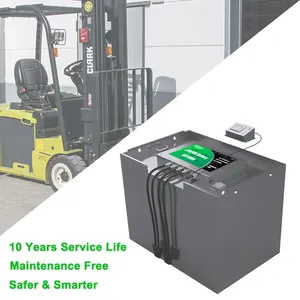









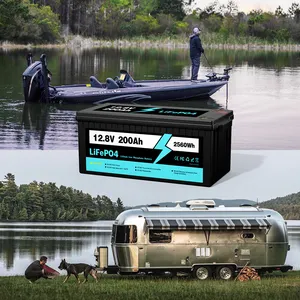
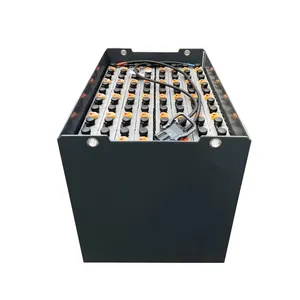

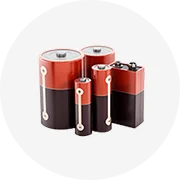

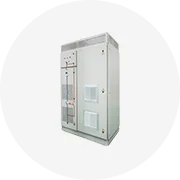
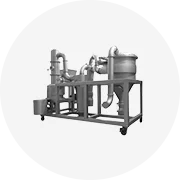

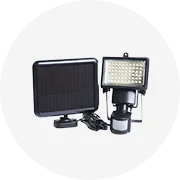
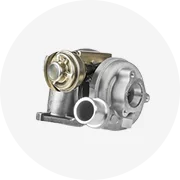
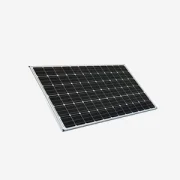








 浙公网安备 33010002000092号
浙公网安备 33010002000092号 浙B2-20120091-4
浙B2-20120091-4